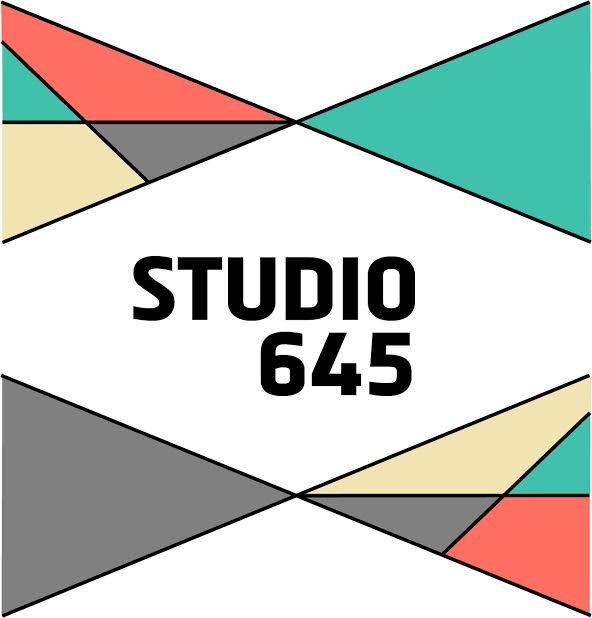Niente Senza Gioia--Nothing without Joy Blog
When can you call yourself an artist?
When do you call Yourself an Artist?
Several years ago, my brother asked me “when can you call yourself an artist”? Doctors call themselves that after they graduate from medical school; lawyers after they pass the bar. What then about artists? I answered “when you have the nerve to do so”. I think that answer remains as true today as it was then.
All my life, I have been crafty. I explored crafts from counted cross-stitch to knitting to doll making. Each time I decided to “master” a craft, I jumped in with both feet. I bought every book/magazine I could find on the craft, outfitted myself with every supply I could possibly need and set forth. In my cross-stitching years, everyone I knew received a cross-stitched ornament for Christmas. My knitting years saw all my friends and family receiving hats or scarves. (Never mastered socks). I made literally everyone I knew a porcelain doll when I was in my doll-making phase. I was totally immersed in each craft I attempted but none held my attention indefinitely.
That all changed when I first put a palette knife into a glob of cadmium red oil paint and swiped the knife across a canvas. I was hooked. The feeling was simply indescribable and now, twenty some years later, I still experience both the terror of a blank, white canvas and the joy of adding color, form and texture. That was over 20 years ago and I still find the process of making art utterly fascinating and engaging. It took about 5 years or so after I began painting, but there did come a day when I knew I could call myself an artist.
Maritime Italy
Maritime Italy
It always begins for me with an idea. I have literally thousands of ideas. So many ideas, in fact, that my family says that the four scariest words in the universe are when I say “I have an idea”. But I digress.
I have always loved maps. I think I may have been a sailor in a former life. But, again, I digress. The body of work in which this piece is included began with the idea of incorporating reproduction vintage maps into my mixed media pieces. So, I bought a bunch of vintage map reproductions and began. This piece was based on a map of ancient Italian maritime routes. The map was secured to a wooden cradle panel—sort of like a stretched canvas but made of wood. Then I decided on the color palette I wanted to use for the piece and printed and painted papers to coordinate with that palette. Finally, I looked through the bits and pieces of things I have accumulated through the years—looking for postcards, stamps, Italian images, Italian text from books, magazines—literally anything that could be collated onto the map to evoke a sense of Italy.
Once the materials were assembled, the fun began. This is an extremely zen process for me. I just adhered the bits and pieces and printed and painted papers in random, unplanned shapes onto the map. I edited the entire piece with acrylic paint and ink to eliminate some of the “busyness” of the original version.
And, viola, “Maritime Italy” resulted.
Beaded Koi I
Beaded Koi I
My journal entry for April 29, 2020 reads:
Years from now, if someone asks what I did during the pandemic, tell them that I beaded. Must as Penelope wove a burial shroud as she waited for Ulysses to return from the Trojan War, I beaded. Unlike Penelope, I had no ardent suitors to keep at bay. Rather, I beaded to combat boredom, isolation, fear, anxiety and other side effects of the unwelcome changes to my life caused by the virus.
So I hand-sewed literally thousands of beads onto this and other fabric collages on which I was working at the time. That partly creative, partly mindless activity helped me make sense of what was, at that time, appearing to be a hostile and threatening world..
Book Review: What Am I Looking At?
What am I Looking At?
Contemporary art can be, at times and for many people, totally confusing and almost intimidating. As an artist, this is the type of art to which I am most strongly attracted. I admire the techniques and skill of more traditional painters but I do not look at their work and wish that I had been the one who created it. I get that feeling, however, quite often when I am looking at more contemporary paintings.
In his book—What Am I Looking At—Will Gompertz teaches art history with a zany sense of humor. Gompertz is himself a former director of the Tate Gallery in London and is the art editor for the BBC. He makes it his mission in this book to btring modern art’s exciting history alive for everyone. He explains why an unmade bed or a pickled shark can be artr—and why a five year old couldn’t really do it.
I listened to the book on Audible. It was a fascinating overview of contemporary art history and I recommend it for anyone interested in learning more about that subject.




